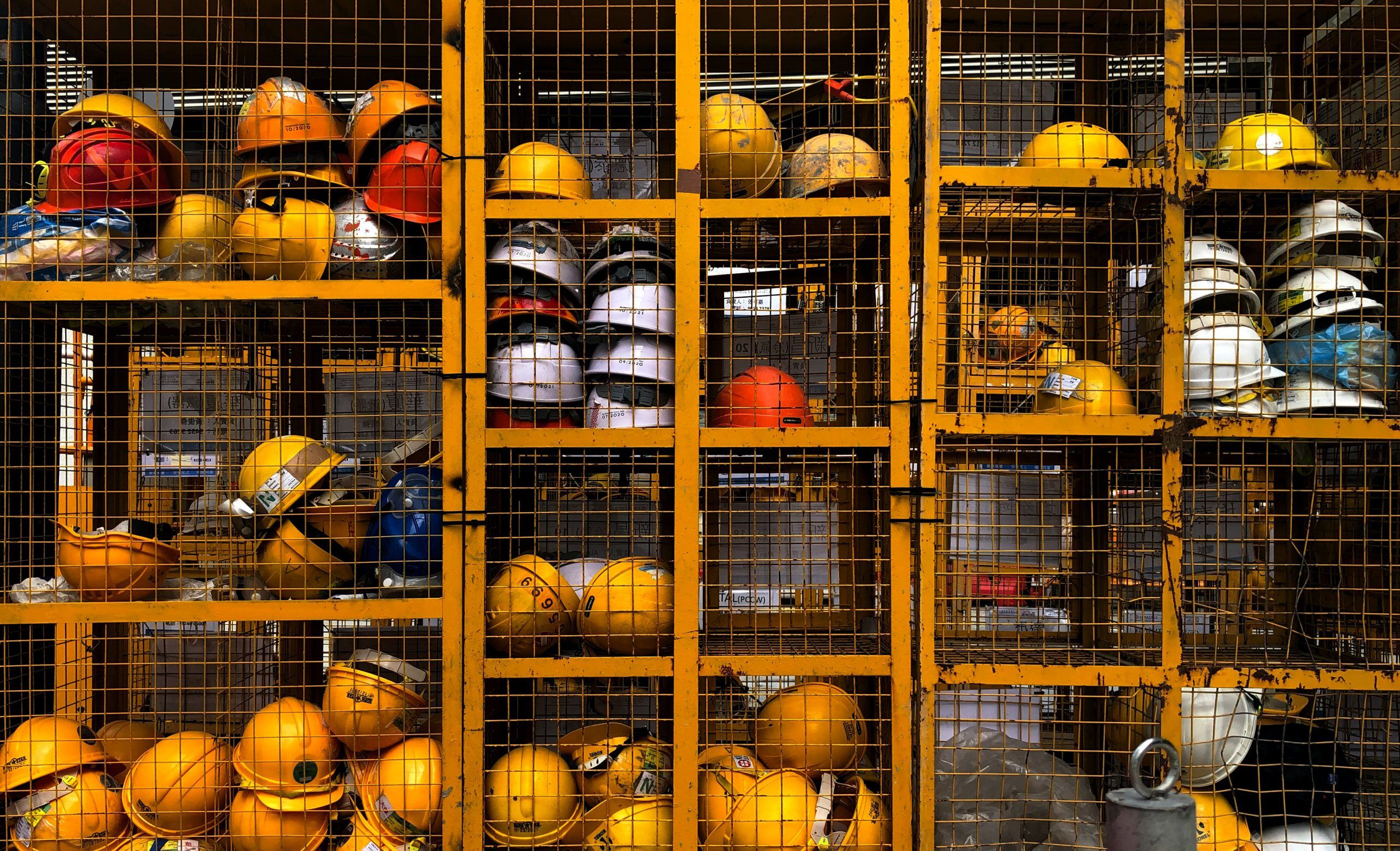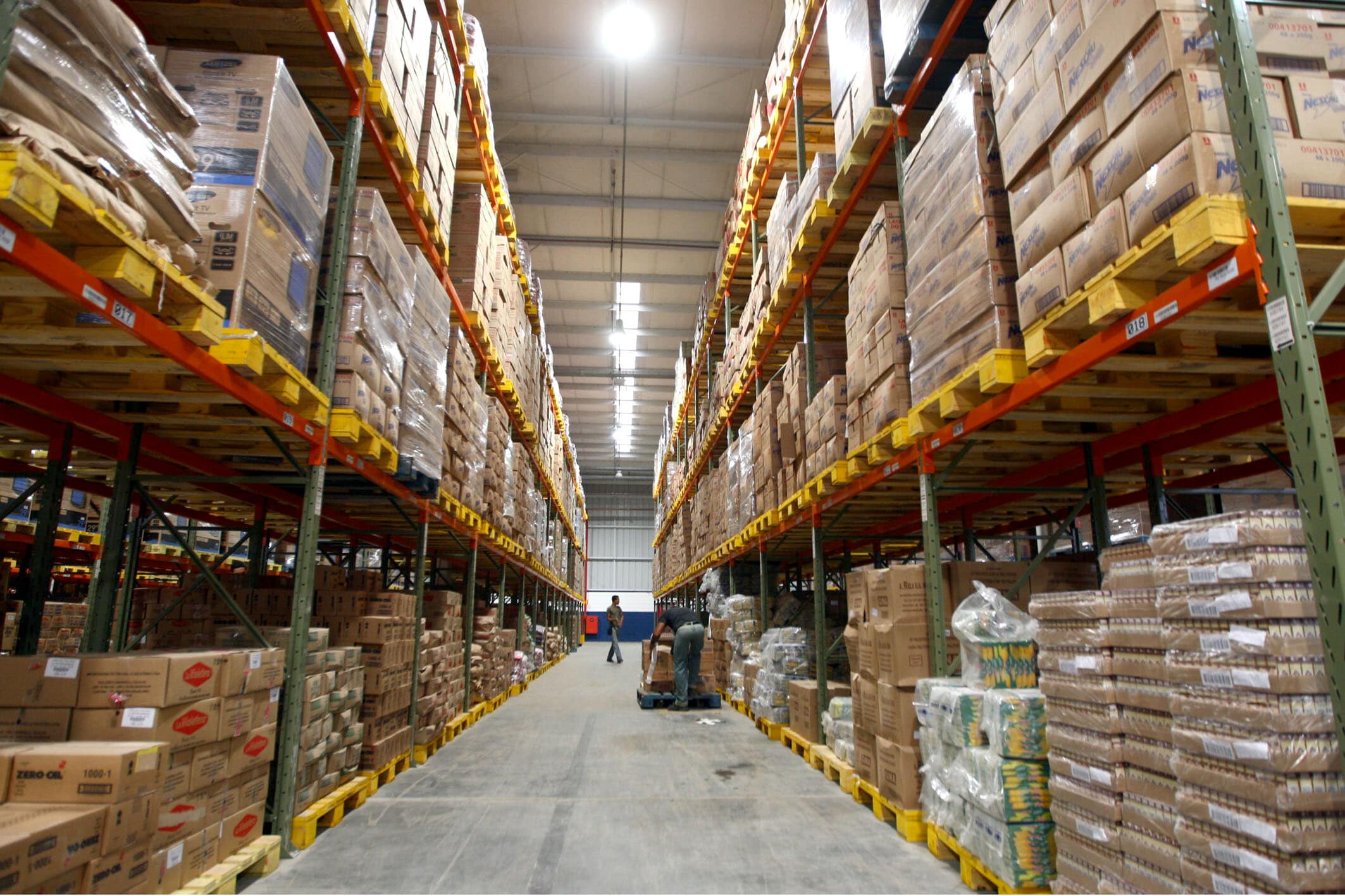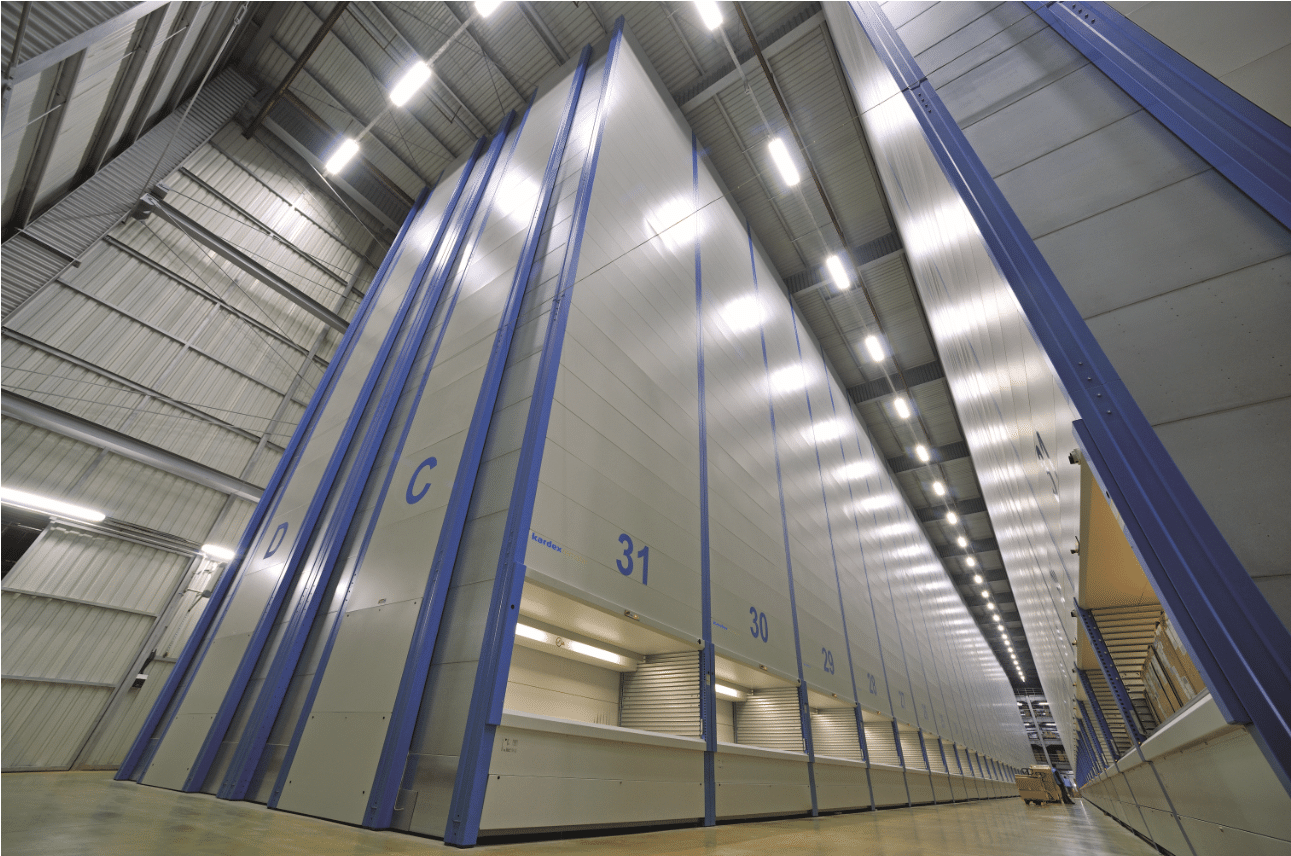Labor, real estate, and safety are among the largest cost drivers that impact the operational budget of a production facility. Recently, companies have been turning to automation as a way to combat these costs. Here are some ways industrial automation systems can help cut warehouse costs.
LABOR
Problems: Unreliable, Unsafe & Cost Inefficient

Production processes and manufacturing require significant human labor resources. On average, up to 65% of production facility operation budgets are dedicated to labor costs1. The cost of labor is rising, from 2012 to 2021 the average hourly wage for all warehouse/logistics employees rose 22%2. Another contributing factor to labor expense is the unreliability of the labor pool. People get sick, people take vacation, people get hurt. It’s extremely expensive to consistently allocate resources for training, onboarding, or temporary labor.
Safety is a top priority for the manufacturing sector. There were 5 workplace injuries for every 100 full-time workers in the warehouse/storage industry2. These workplace injuries can pose serious harm to your employees and can lead to delays/shutdowns of processes in your warehouse. Mitigating safety risks requires investment upfront, but provides long-term protection.
Solution: Automate Mundane Processes

Robotic system integration is the best way to address growing uncontrollable labor costs. The operational cost of a robot, in general, is close to $2-$3 per hour3. By using industrial robots to automate mundane, repetitive, and dangerous processes, warehouses can shift their human labor force to safer, more complex, more value-driven responsibilities.
There are still many facilities that require humans to palletize boxes for shipping. Palletizing robots are more affordable than ever, and can increase your production speed and quality upwards of 200%. Typically, the return on investment with robotic palletizing is less than 2 years – and that doesn’t include the increase in safety that a palletizer adds to production…no more back injuries.
SPACE
Problem: Need To Expand – But Its Too Expensive

The average size of a warehouse today is more than 180,000 square feet, compared to 127,000 square feet from 2000-064, and has been steadily growing since. Due to increased footprints, average warehouse renting rates have increased by a massive 28% between 2011 and 20155. With the growth of the eCommerce sector, companies are expected to store and move more product to supply demand. Real estate is expensive, and moving can be extremely disruptive. Warehouses that need extra space are turning to automation to create real estate.
Solution: Maximize Floor Space With Condensed, Automated Storage

Automated storage and retrieval systems (ASRS) are a great way to take advantage of current real estate. By automating these processes, the movement, storage, and retrieval of products are more efficient and require less space. Vertical lift modules (or VLM’s) can save up to 85%+ of floor space otherwise taken up by traditional racking and storage solutions.
A distribution customer of RMH Systems recently installed 4 VLMs to one of their distribution centers. Historically, an operator could pick 80 orders per hour. With the new VLM system, one operator can pick up to 280 orders per hour. The customer also gained thousands of square feet in floor space where the product was stored on shelving.
Want to start the discussion on industrial automation systems today? Get in touch with RMH Systems. Speak to one of our automation engineers – start with some brief contact information:
- https://www.inboundlogistics.com/cms/article/warehouse-labor-performance-and-the-winner-iseveryone/
- https://www.bls.gov/iag/tgs/iag493.htm
- https://www.roboticsbusinessreview.com/manufacturing/pick-place-profit-using-robot-labor-save-money/
- https://www.cushmanwakefield.com/en/insights
- https://www.supplychainbrief.com/trends/warehousing/?open-article-id=4865934&article-title=4-biggest-numbers-in-warehousing&blog-domain=flexe.com&blog-title=flexe